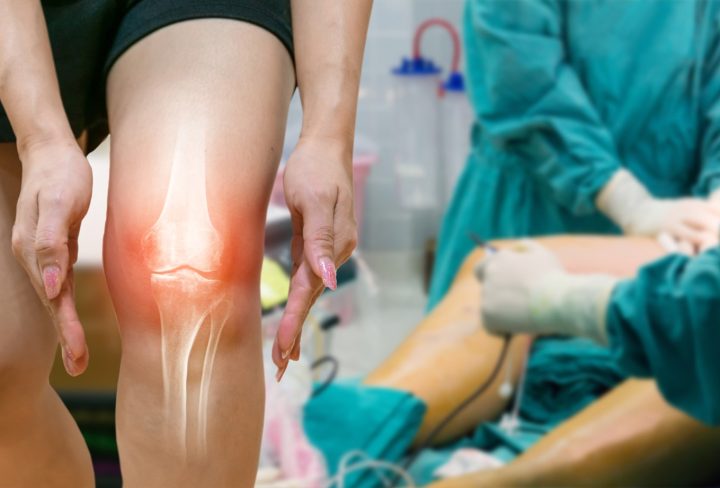Cartilage damage in joints can lead to pain, stiffness, and reduced mobility, impacting daily activities and quality of life.
Cartilage transplantation, also known as cartilage repair or restoration, offers a promising solution for individuals with cartilage defects. In this patient education blog, we’ll delve into the details of cartilage transplantation, its benefits, and what patients can expect from the procedure.
Understanding Cartilage Damage
Cartilage is a smooth, flexible tissue that covers the ends of bones in joints, providing cushioning and allowing for smooth movement. When cartilage is damaged due to injury, wear and tear, or underlying conditions like osteoarthritis, it can result in pain, inflammation, and reduced joint function. Cartilage defects may range from small, localized lesions to larger areas of damage affecting the entire joint surface.
Types of Cartilage Transplantation
There are several techniques used for cartilage transplantation, including:
- Autologous chondrocyte implantation (ACI): Involves harvesting healthy cartilage cells (chondrocytes) from the patient’s own body, growing them in a laboratory, and then implanting them into the damaged area of the joint.
- Osteochondral autograft transplantation (OATS): Involves transferring small plugs of healthy cartilage and bone from a non-weight-bearing area of the joint to the damaged area.
- Allograft transplantation: Uses donor tissue from a tissue bank to replace damaged cartilage in the joint.
Benefits of Cartilage Transplantation: Cartilage transplantation offers several benefits for individuals with cartilage defects, including:
- Pain relief: Restoring the smooth surface of the joint can reduce friction and alleviate pain.
- Improved joint function: Repairing cartilage defects can enhance joint stability and range of motion.
- Delay or avoidance of joint replacement surgery: Cartilage transplantation may help delay or prevent the need for more invasive procedures like joint replacement in younger patients with cartilage damage.
Recovery and Rehabilitation
Recovery from cartilage transplantation varies depending on the specific technique used and the extent of cartilage damage. In general, patients can expect a period of immobilization followed by physical therapy to promote healing and restore joint function.
Physical therapy exercises focus on strengthening the muscles surrounding the joint, improving flexibility, and gradually increasing weight-bearing activities.
Who Can Benefit from Cartilage Transplantation?
Cartilage transplantation may be recommended for individuals with symptomatic cartilage defects in weight-bearing joints like the knee, hip, or ankle. Candidates for the procedure may include active individuals, athletes, or those experiencing persistent joint pain and dysfunction despite conservative treatments.
Cartilage transplantation offers hope for individuals with cartilage defects, providing a potential solution to alleviate pain, improve joint function, and enhance quality of life. Consult with your orthopedic surgeon to know more.

